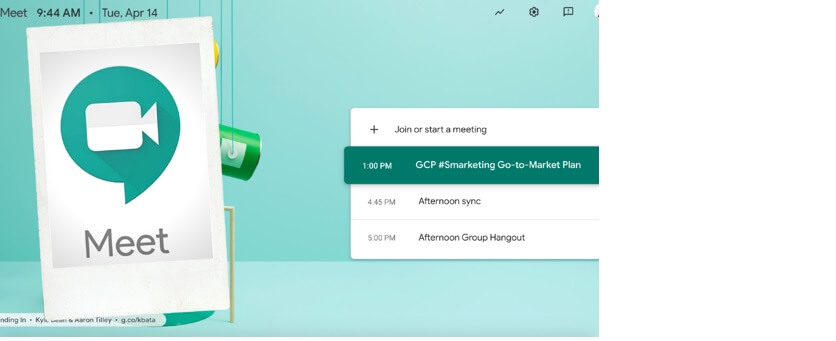Google Meet will be adding new features to help teachers and lecturers improve remote and hybrid learning through better moderation and more interactivity. The features are being added as more than 140 million teachers and students are now using G Suite for Education, according to Google figures.
New moderation features for G Suite for Education and G Suite Enterprise for Education will give educators more control over how they run virtual classes. When someone asks to join a meeting, or “knocks”, they won’t be able to knock again after being rejected from a meeting, and a knock will no longer show up after a moderator rejects it twice. The interface will also be updated to make knocks less intrusive for educators. Moderators will also be able to end the meeting for all participants, ensuring students cannot linger after the teacher has left. Anonymous attendees will also soon be blocked by default from Education meetings, although schools will still be able to allow anonymous participants by opting in.
Educators will also get the ability to mute all participants at the same time, disable in-meeting chat for participants and restrict who can present. There will also be a setting that requires moderators to join before the meeting can begin. Blurring of surroundings or the use of preset and uploaded images as backgrounds will be allowed, although admins will be able to disable this functionality.
To improve engagement, Google is releasing a hand-raising feature to make meetings flow more smoothly and an integrated collaborative whiteboard to help teachers and students share ideas more naturally. A larger tiled view will display up to 49 participants at once. Closed captions in additional language could also make meetings more accessible.
G Suite Enterprise for Education customers will get access to premium features, including attendance tracking to provide a record of which students joined the class, breakout rooms so educators can split classes into smaller groups, Q&A to provide a way for students to ask questions without disrupting the flow of the class discussion or lesson, and polling to engage students to share their voice.

